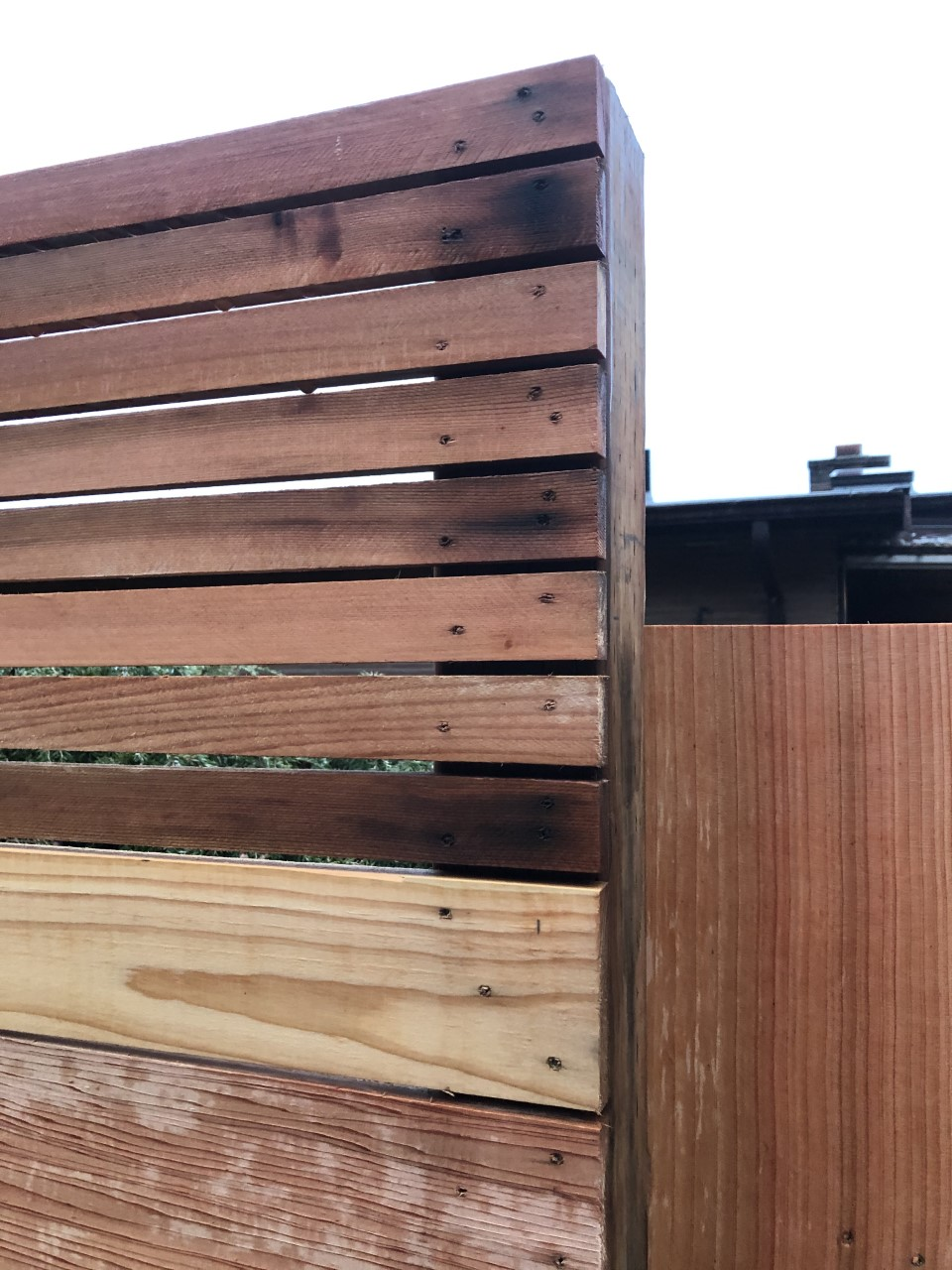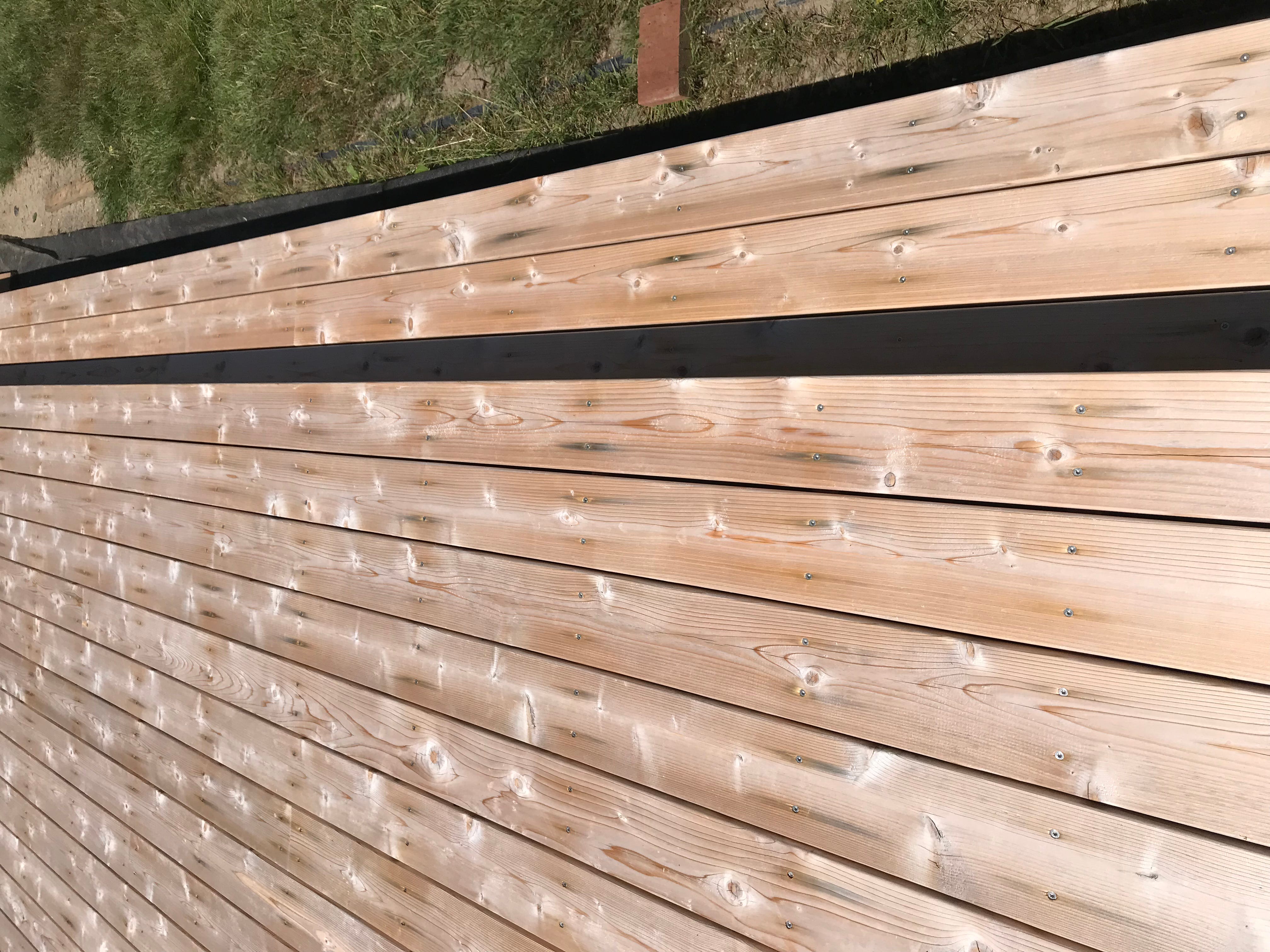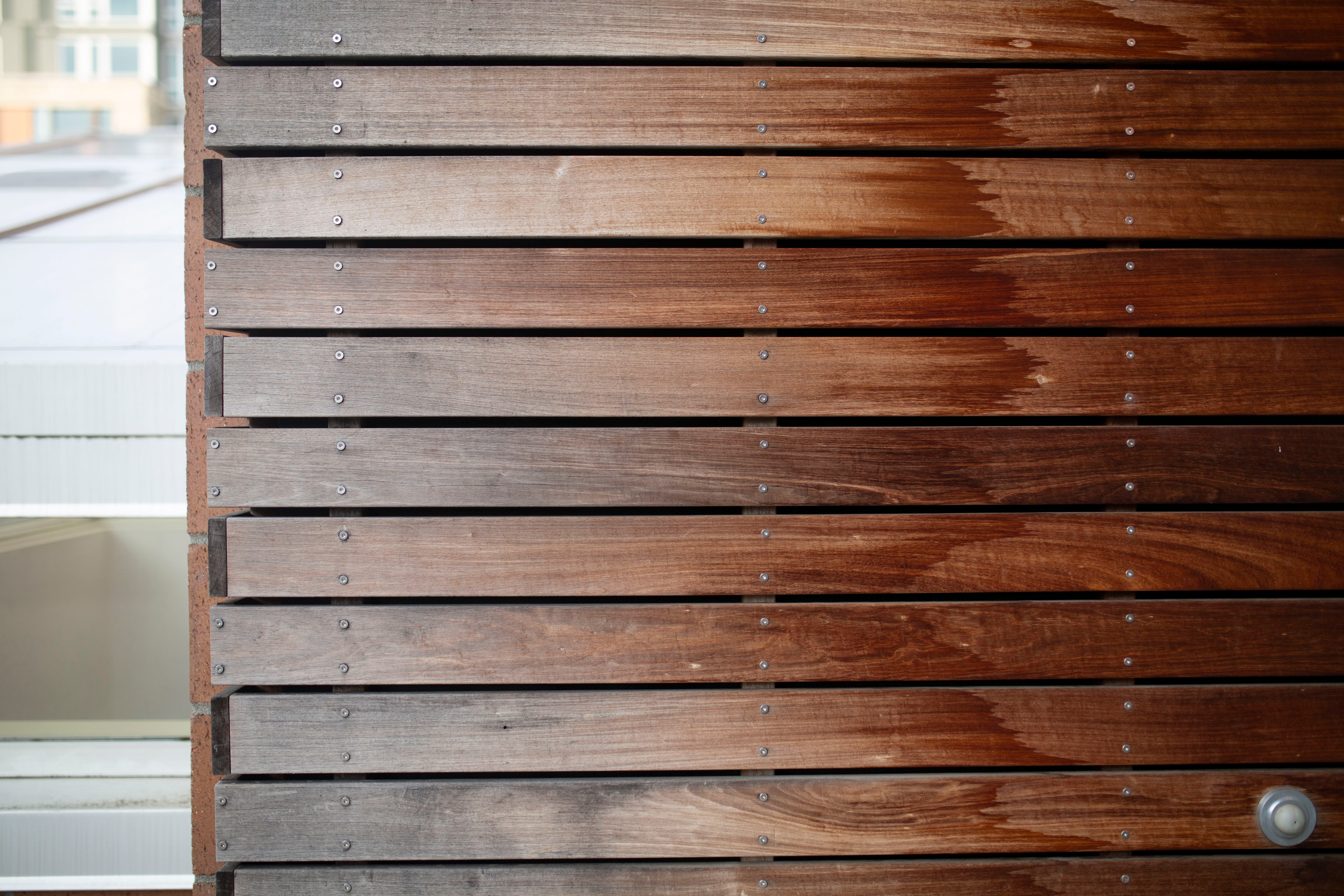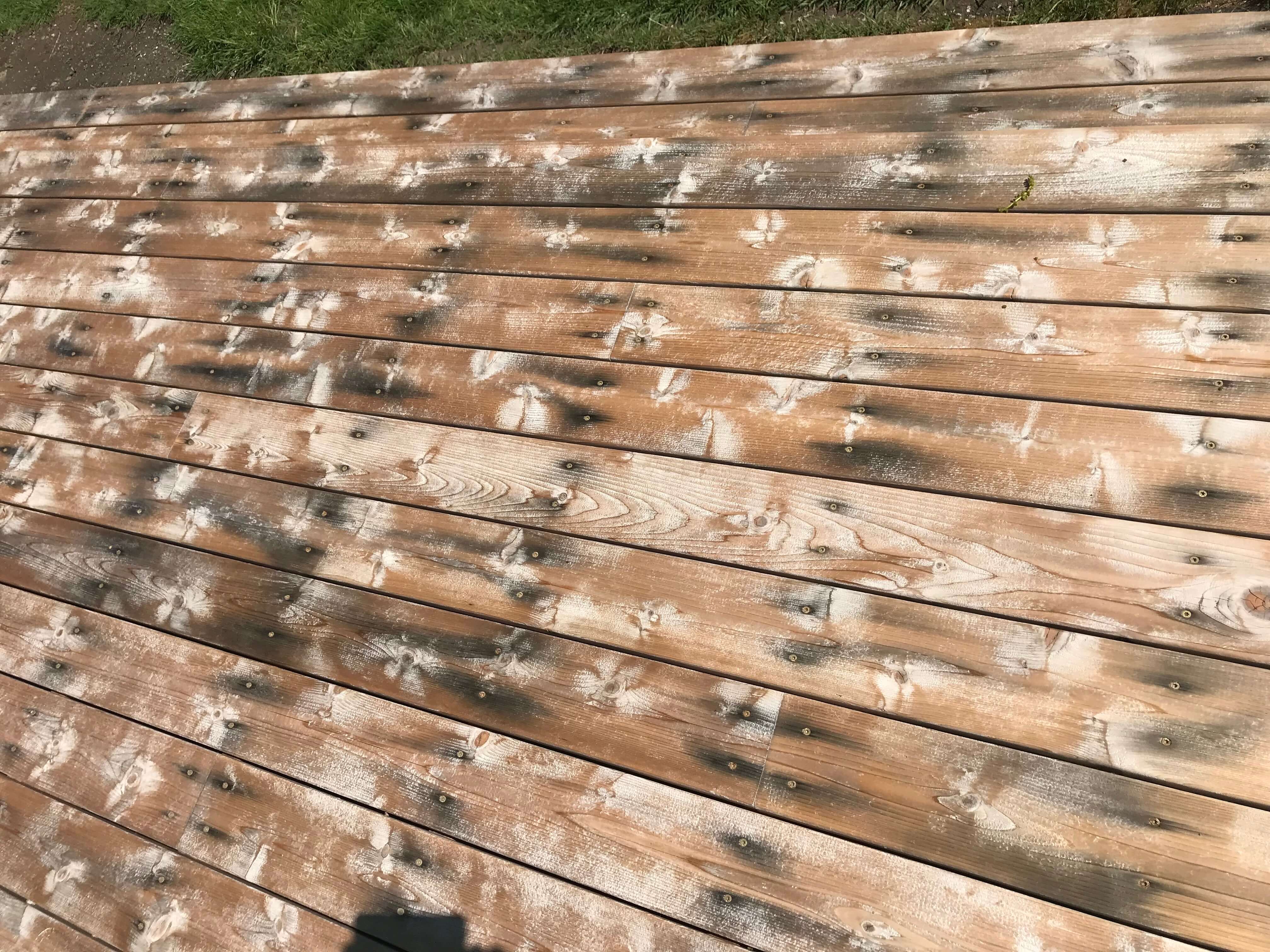
"Whether you’re working with decking, fencing, or siding, choosing the correct fastener is a crucial part of any exposed exterior project. Today, we’re exploring the importance of stainless steel fasteners to prevent iron staining."
Choosing the correct fasteners is an important part of attaining a good result for any project, but it’s even more critical when working with decking, fencing, siding, and other exposed exterior materials. It’s easy to lean toward using other exterior-grade fastener options (often because of cost savings), but unless you’re using stainless steel fasteners, you run the risk of having issues with iron staining. Today, we're exploring the cause of iron staining, plus some possible solutions and pitfalls to avoid.
Risk Versus Reward
I’m constantly amazed we don’t hear about more issues with iron staining, because we sell many more of the non-stainless fastener products than we do stainless. Whether a nail or screw, these are typically steel fasteners with some form of coating designed to protect the fastener from corrosion. Thankfully, these coatings must hold up pretty well most of the time—or maybe most people just ignore any staining issues that come about. That being said, when unwanted challenges come up, it is oftentimes difficult (if not impossible) to fully remove the stains.
Other Causes of Iron Staining
Iron staining doesn't always come from fasteners—there are many other scenarios that can create similar results. We’ve heard of cases where lawn fertilizer made its way onto deck surfaces and created issues, and other times clients have had loose granules or metal shavings from roofing work create staining on deck surfaces (and the cutting of iron railing products can also be a common cause). Even if the work is done away from the deck area, debris can sometimes be transferred to the deck surface on the soles of shoes. Then there are other things we tend not to think about—things as simple as laying metal tools on wood surfaces, the normal wearing of driver bits leaving residue behind, or sometimes in an extremely wet environment, copper from pressure-treated lumber follows the fastener shank out to the finished surface.
Decks and Fences
Deck projects are where we tend to see iron staining issues show up most often. This is likely due to the frequency of coated steel fasteners being chosen over stainless steel. Because decks are a horizontal surface, any challenges that arise tend to remain on the surface—and thanks to foot traffic and gravity, they can get worked into the wood more deeply.
We’ve all seen fence projects with dark stains below the nails that look like eye makeup after a good cry. More often than not, this iron staining is due to using the wrong nails or screws. Whether you’re hand-nailing or using a power tool of some kind, you should be able to find a stainless steel fastener that will help avoid these problems.

Siding
Wood siding can be especially prone to the effects of low-quality fasteners. If the cladding is coated with a solid body stain or paint, you could potentially remedy staining by countersinking the fastener, caulking, spot priming, and applying another layer of top-coat. This process adds time and expense, but offers a potential fix. However, if you’re experiencing iron staining on wood siding with a natural finish, you’re unlikely to come up with a permanent fix, short of replacing the material.
Don’t Confuse Iron Stains With Other Stains
Some species of lumber naturally have more extractives (or “tannins”) than others. While these extractives show as a stain, they are more of a “tobacco juice” brown color than the blue or black shades you see from iron staining. If addressed early enough, extractives typically clean up fairly easily.
Mold and mildew can also form on your lumber and show itself as a stain—but it should clean up relatively easily with a responsibly-mixed combination of bleach and water.
Possible Remedies
As mentioned, iron staining can be very difficult to fully remove. Cleaning with an oxalic acid solution is a common strategy, and many of the wood brighteners on the market today include it in their formulation. That said, removing the fasteners, cleaning the problem areas with oxalic acid and replacing with stainless will not guarantee a fix—if there are even traces of iron residue left behind, you will continue to experience staining issues.

Know Your Environment
When it comes to choosing the grade of your stainless steel fastener, grade 304 or 305 will be most commonly-available and serve most of your project needs. If you're building near salt water, it’s recommended that you choose the more durable grade 316. How close to the salt water do you need to be to trigger an upgrade? Most manufacturers recommend that if you live within a mile of the water, you choose grade 316. In this scenario, making a conservative choice will probably serve you best.

We hope this article helped you understand the risks and challenges of using non-stainless fasteners. We’d be happy to help you choose the right fasteners for future projects, so stop into a Dunn Lumber today for trusted advice. For more information on fasteners and exterior projects, check out our post on the best fasteners for cedar decking and our four-part series on how to build a deck.



